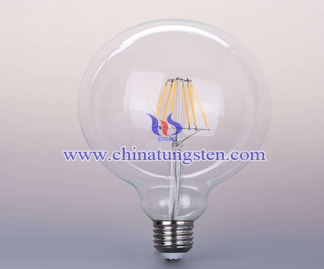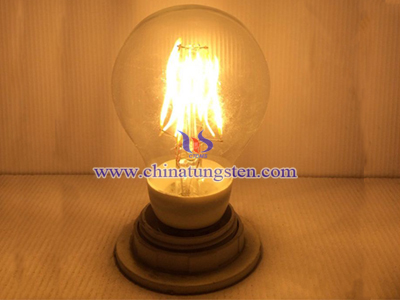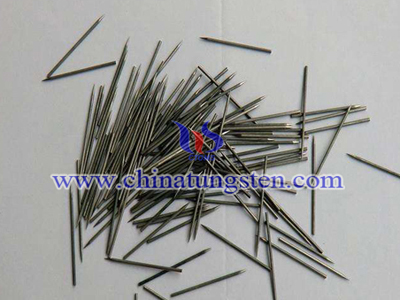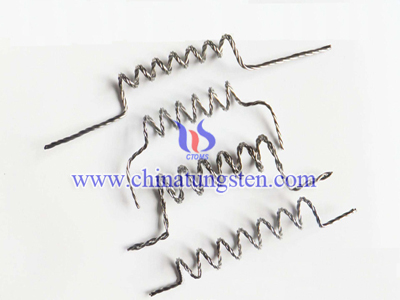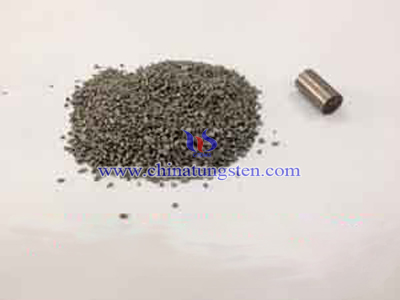Tungsten Filament in Incandescent Light Bulb
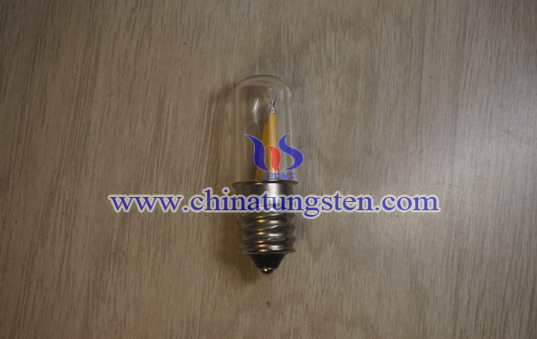
The incandescent light bulb, incandescent lamp or incandescent light globe makes light by heating a metal filament wire to a high temperature until it glows. The hot filament is protected from air by a glass bulb that is filled with inert gas or evacuated. In a halogen lamp, a chemical process returns metal to the filament, extending its life. The light bulb is supplied with electrical current by feed-through terminals or wires embedded in the glass. Most bulbs are used in a socket (a housing giving mechanical support to the bulb, keeping its terminals in contact with the supply current terminals).
Incandescent light bulbs are gradually being replaced in many applications by fluorescent lights, high-intensity discharge lamps, LEDs, and other devices, which give more visible light for the same amount of electrical energy input. Some jurisdictions are attempting to ban the use of incandescent lightbulbs in favour of more energy-efficient lighting. Low-energy light-bulb redirects here. ... A compact fluorescent lamp a fluorescent lamp is a type of electric lamp that excites argon and mercury vapor to create luminescence. ... 15 kW Xenon short-arc lamp used in IMAX projectors High-intensity discharge (HID) lamps include these types of electrical lamps: mercury vapor, metal halide (also HQI), high-pressure sodium (Son), low-pressure sodium (Sox) and less common, xenon short-arc lamps.( This is from Wikipedia. )
No matter how incandescent light bulbs developed, tungsten filament is still used in these updated bulbs to perform its properties—high temperature resistance, inactive gas and high melting point.

